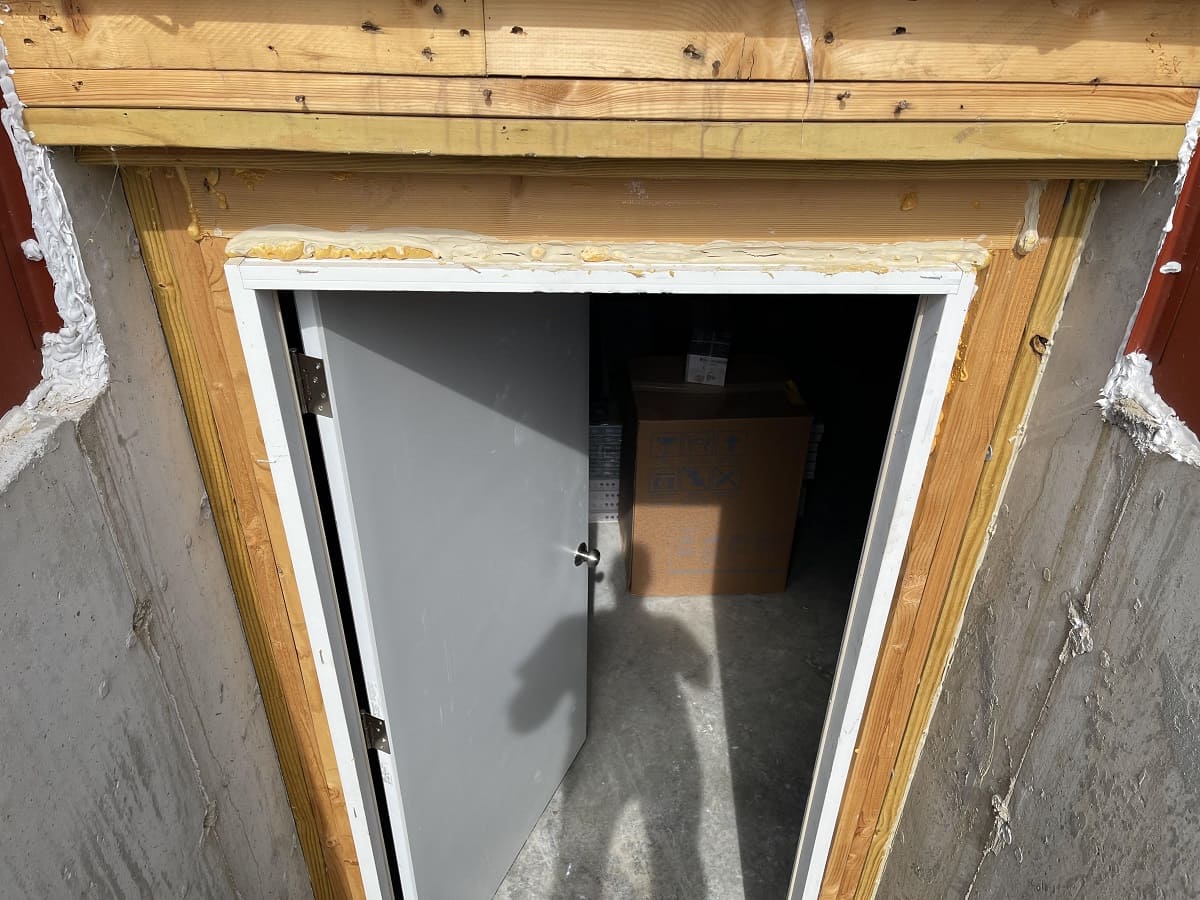

Articles
How To Insulate Basement Door
Modified: October 20, 2024
Learn the best techniques for insulating your basement door with our informative articles. Ensure energy efficiency and reduce drafts in your home.
(Many of the links in this article redirect to a specific reviewed product. Your purchase of these products through affiliate links helps to generate commission for Storables.com, at no extra cost. Learn more)
Introduction
Insulating your basement door may not be the first thing that comes to mind when it comes to energy efficiency and home improvement projects. However, properly insulating your basement door can have a significant impact on both energy savings and comfort levels in your home. In this article, we will explore why basement door insulation is important, the types of insulation available, the materials needed, and provide a step-by-step guide on how to insulate your basement door effectively.
Basements are notorious for being cold and damp spaces, and the door leading to the basement is often a major source of heat loss in the home. Without proper insulation, cold air from the basement can seep into the rest of the house, making it harder to maintain a comfortable temperature. Additionally, hot air from inside the house can escape through the basement door, causing energy waste and higher heating bills.
Properly insulating your basement door can help create a barrier that prevents heat transfer, keeping the cold air out and the warm air in. Not only does this improve energy efficiency and reduce heating costs, but it also enhances the overall comfort of your home.
There are several types of insulation available for basement doors, including foam board insulation, fiberglass insulation, and weatherstripping. Each type has its own benefits and considerations, so it’s important to choose the one that suits your specific needs and budget.
To insulate your basement door, you will need a few materials including the insulation of your choice, a tape measure, utility knife, adhesive, screws, and a screwdriver. These materials are easily accessible at most home improvement stores.
In the following sections, we will provide a step-by-step guide on how to properly insulate your basement door. Whether you are a seasoned DIY enthusiast or a beginner, this guide will help you navigate the process with ease and achieve optimal results.
Key Takeaways:
- Properly insulating your basement door can significantly improve energy efficiency, reduce heating costs, and enhance the overall comfort of your home by preventing heat transfer and air leaks.
- Choosing the right insulation material, sealing air leaks, and maintaining the insulation are crucial for maximizing the effectiveness and longevity of your basement door insulation.
Read more: How To Insulate A Basement
Why is Basement Door Insulation Important?
Basement door insulation is an essential aspect of home improvement that often goes overlooked. Many homeowners prioritize insulating their walls, windows, and attics, but neglecting the basement door can result in significant energy loss and decreased comfort levels.
Here are some key reasons why basement door insulation is important:
- Energy Efficiency: The basement door is a major culprit when it comes to heat loss in your home. Without proper insulation, cold air from the basement can seep into the rest of the house, forcing your heating system to work harder to maintain a comfortable temperature. By insulating your basement door, you create a barrier that prevents heat transfer, resulting in energy savings and reduced heating costs.
- Improved Comfort: Insulating your basement door helps regulate the temperature in your home. During the cold winter months, the insulation keeps the cold air out and the warm air in, making your living spaces more comfortable. It also prevents drafts and cold spots near the basement door, ensuring a consistent and pleasant environment throughout your home.
- Moisture Control: Basements are typically more prone to moisture-related issues due to their underground location. Insulating your basement door can help reduce condensation and moisture buildup, preventing potential mold growth and water damage. Moisture control is crucial for maintaining the structural integrity of your home and ensuring a healthy indoor environment.
- Noise Reduction: Insulating your basement door can also help reduce unwanted noise from the basement area. Whether you use the basement as a living space, home theater, or workshop, proper insulation will help create a sound barrier, ensuring a quieter and more peaceful living environment on the upper levels of your home.
- Increased Property Value: Energy-efficient homes are highly sought after in the real estate market. By insulating your basement door, you not only enhance the comfort and energy efficiency of your home but also increase its overall value. Potential buyers value homes that are well-insulated and energy-efficient, making proper insulation a worthwhile investment.
Overall, basement door insulation plays a crucial role in improving energy efficiency, comfort levels, moisture control, noise reduction, and property value. It is a cost-effective and relatively simple home improvement project that yields long-term benefits. Whether you are looking to reduce your energy bills or enhance the overall comfort of your home, insulating your basement door should be a priority on your home improvement checklist.
Types of Basement Door Insulation
When it comes to insulating your basement door, there are several types of insulation materials to choose from. Each type has its own unique properties, benefits, and considerations. Understanding the different options available can help you make an informed decision about the best type of insulation for your basement door.
Here are some common types of basement door insulation:
- Foam Board Insulation: Foam board insulation is a popular choice for insulating basement doors. It is made of rigid foam panels that provide excellent thermal insulation properties. Foam boards are lightweight, easy to handle, and can be cut to fit the dimensions of your basement door. They come in different thicknesses, offering varying degrees of insulation. Foam board insulation is moisture-resistant, making it ideal for basement environments. It is also resistant to pests and can help reduce noise transmission.
- Fiberglass Insulation: Fiberglass insulation is another commonly used material for insulating basement doors. It consists of fine glass fibers and is available in the form of batts or rolls. Fiberglass insulation is affordable, easy to install, and provides good thermal insulation. However, it is important to note that fiberglass insulation is not moisture-resistant and can be prone to mold growth if it gets wet. Therefore, proper moisture control measures must be taken if you choose to use fiberglass insulation for your basement door.
- Weatherstripping: Weatherstripping is not a type of insulation material, but it is an essential component in sealing air leaks around your basement door. Weatherstripping is typically made of materials like rubber, foam, or vinyl, and is applied around the edges of the door frame to create an airtight seal. It helps prevent drafts and air infiltration, significantly improving the energy efficiency of your basement door. Weatherstripping should be used in conjunction with other insulation materials to ensure optimal results.
When selecting the right type of insulation for your basement door, consider factors such as the insulation’s R-value (a measure of its thermal resistance), moisture resistance, ease of installation, and your budget. It is also important to determine if there are any specific insulation requirements in your local building codes or regulations.
Choosing the right type of insulation and combining it with proper installation techniques can effectively reduce heat transfer, improve energy efficiency, and enhance the comfort levels of your home. Consulting with a home improvement professional or an experienced contractor can provide valuable insights and help you make the best choice for insulating your basement door.
Materials Needed for Insulating Basement Door
Before you begin insulating your basement door, it’s important to gather all the necessary materials to ensure a smooth and efficient installation process. Here are the materials you will need:
- Insulation: Choose the type of insulation that best suits your needs, such as foam board insulation or fiberglass insulation. Measure the dimensions of your basement door to determine how much insulation you will need to adequately cover the door.
- Tape Measure: A tape measure will be essential for accurately measuring the dimensions of your basement door and cutting the insulation to the correct size.
- Utility Knife: A utility knife will come in handy for cutting the insulation material. Make sure it is sharp and in good condition for clean and precise cuts.
- Adhesive: Depending on the type of insulation you choose, you may need adhesive to secure the insulation to the basement door. Foam board insulation often requires adhesive to hold it in place.
- Screws: If you are using foam board insulation, you may need screws to secure the insulation panels to the door. Make sure to choose screws that are suitable for the material of your basement door.
- Screwdriver: A screwdriver will be required if you need to attach screws to the basement door. Ensure that you have the appropriate screwdriver size for the screws you are using.
- Weatherstripping: Weatherstripping is an essential material for sealing air leaks around your basement door. Choose weatherstripping that is suitable for the size and shape of your door frame.
- Caulk: Caulk is useful for sealing any gaps or cracks around the door frame, maximizing the air seal and preventing drafts. Select a caulk type that is suitable for your specific application, such as silicone or latex caulk.
- Protective Gear: It’s important to prioritize safety during the installation process. Wear protective gear such as gloves, safety glasses, and a dust mask to protect yourself from any potential hazards.
Gather all of these materials before starting the insulation project. Having everything readily available will help streamline the process and ensure that you have everything you need to complete the job efficiently and effectively.
Additionally, it’s a good idea to read and follow the manufacturer’s instructions for each specific material you are using. This will ensure that you are using the products correctly and getting the best results for insulating your basement door.
Consider using weatherstripping or a door sweep to seal any gaps around the basement door. This will help to prevent drafts and keep the area insulated.
Step-by-Step Guide on How to Insulate Basement Door
Insulating your basement door is a relatively straightforward process that can be completed with basic tools and materials. Follow these step-by-step instructions to effectively insulate your basement door:
- Measure and Prepare: Start by measuring the dimensions of your basement door. Measure the width and height of the door to determine the size of insulation panels you will need. Take note of any obstructions like doorknobs or hinges that may require special considerations.
- Cut the Insulation: Using a tape measure and a utility knife, carefully cut the insulation material according to the measurements you took. Ensure that the insulation fits snugly against the door without any gaps or overlaps.
- Attach Foam Board Insulation: If you are using foam board insulation, apply adhesive to the back of the insulation panel and press it firmly against the door. For added stability, you can also secure the insulation panels with screws. Drive the screws through the insulation and into the door frame, making sure they are evenly spaced.
- Install Fiberglass Insulation: If you are using fiberglass insulation, simply place the insulation batts or rolls against the door and trim them to fit if necessary. It’s important to wear gloves and a mask when handling fiberglass insulation to protect yourself from irritation.
- Seal Air Leaks: Use weatherstripping to seal any gaps around the edges of the basement door. Apply weatherstripping to the door frame, ensuring a tight seal to prevent cold air from entering and warm air from escaping.
- Seal Gaps and Cracks: Inspect the door frame for any gaps or cracks and seal them with caulk. Apply a bead of caulk along the gaps and smooth it with a caulk tool or your finger for a clean finish.
- Test the Seal: Close the basement door and check for any drafts. If you feel any air coming in, identify the source and reinforce the insulation or weatherstripping in that area.
Remember to follow the manufacturer’s instructions for the specific insulation and adhesive you are using. Additionally, take proper safety precautions by wearing protective gear when cutting insulation, handling adhesive, or using screws.
By following these step-by-step instructions, you can effectively insulate your basement door and enjoy the benefits of improved energy efficiency, comfort, and noise reduction in your home.
Read more: How To Install Insulation In Basement
Tips for Effective Basement Door Insulation
Insulating your basement door is a great way to improve energy efficiency, comfort, and overall insulation in your home. To ensure that your basement door insulation is effective and long-lasting, consider these useful tips:
- Properly Seal Air Leaks: Before installing insulation, carefully inspect the basement door and its frame for any gaps or cracks. Use caulk to seal any air leaks to prevent drafts and heat loss.
- Choose the Right Insulation Material: Different types of insulation have different properties and R-values. Consider factors like moisture resistance, installation ease, and insulation performance to choose the most suitable material for your basement door.
- Measure Accurately: Take precise measurements of your basement door before purchasing and cutting the insulation material. This ensures a proper fit and maximum coverage.
- Wear Protective Gear: When handling insulation materials like fiberglass, wear gloves, safety glasses, and a dust mask to protect yourself from potential irritants.
- Use Adhesive and Screws: If you are using foam board insulation, consider using both adhesive and screws for proper installation. Adhesive provides stability, while screws offer added reinforcement.
- Pay Attention to Weatherstripping: Install weatherstripping around the edges of the basement door to create a tight seal. Ensure that the weatherstripping is the correct size and shape for a proper fit.
- Consider Double Glazing: If your basement door has windows, consider adding a second layer of glazing for enhanced thermal insulation. This can significantly improve the energy efficiency of the door.
- Inspect and Maintain: Regularly inspect your basement door insulation for any signs of wear or damage. Replace or repair any deteriorated insulation to maintain its effectiveness.
- Address Moisture Issues: Basements can be prone to excess moisture. Before insulating the basement door, address any moisture-related issues, such as waterproofing the basement walls and fixing any plumbing leaks.
- Consider Soundproofing: If noise from the basement is a concern, consider using insulation materials that provide soundproofing properties. This can help create a quieter living environment on the upper levels of your home.
Following these tips will ensure that your basement door insulation is effective and long-lasting. By properly sealing air leaks, choosing the right materials, and maintaining your insulation, you can maximize energy efficiency, comfort, and overall insulation in your home.
Conclusion
Insulating your basement door is a valuable investment that offers numerous benefits for your home. By properly insulating your basement door, you can significantly improve energy efficiency, increase comfort levels, reduce moisture-related issues, and enhance noise reduction.
Throughout this article, we have explored the importance of basement door insulation, the different types of insulation available, the materials needed for the insulation project, and provided a step-by-step guide for effective installation. We have also shared some useful tips to ensure that your basement door insulation is both efficient and durable.
Insulating your basement door not only saves energy and reduces utility costs but also increases the value of your property. Energy-efficient homes are highly sought after in the real estate market, and proper insulation is a significant selling point.
Remember to choose the right insulation material for your basement door, measure accurately, and seal any air leaks before installing insulation. Utilize appropriate protective gear to ensure safety while cutting and handling insulation materials. Additionally, regularly inspect and maintain your insulation to keep it in optimal condition.
Insulating your basement door is a relatively simple DIY project that can be completed with basic tools and materials. However, if you feel unsure or overwhelmed, it’s always advisable to consult a professional for assistance and guidance.
By taking the necessary steps to insulate your basement door, you can create a more comfortable and energy-efficient home environment. Enjoy the benefits of reduced energy consumption, lower heating and cooling costs, improved indoor comfort, and a quieter living space.
Don’t overlook the importance of insulating your basement door. Start your insulation project today and enjoy the long-term rewards it brings to your home and your pocket.
Ready to flex your crafting muscles further? Our next guide on DIY projects dives into why tackling tasks yourself can be incredibly rewarding. Not only does it offer creative freedom, but it also saves money, providing a double win. Whether you're a seasoned handyperson or just starting, mastering these skills can transform your living space. So, why not continue your journey with our engaging read on what makes DIY projects so amazing?
Frequently Asked Questions about How To Insulate Basement Door
Was this page helpful?
At Storables.com, we guarantee accurate and reliable information. Our content, validated by Expert Board Contributors, is crafted following stringent Editorial Policies. We're committed to providing you with well-researched, expert-backed insights for all your informational needs.
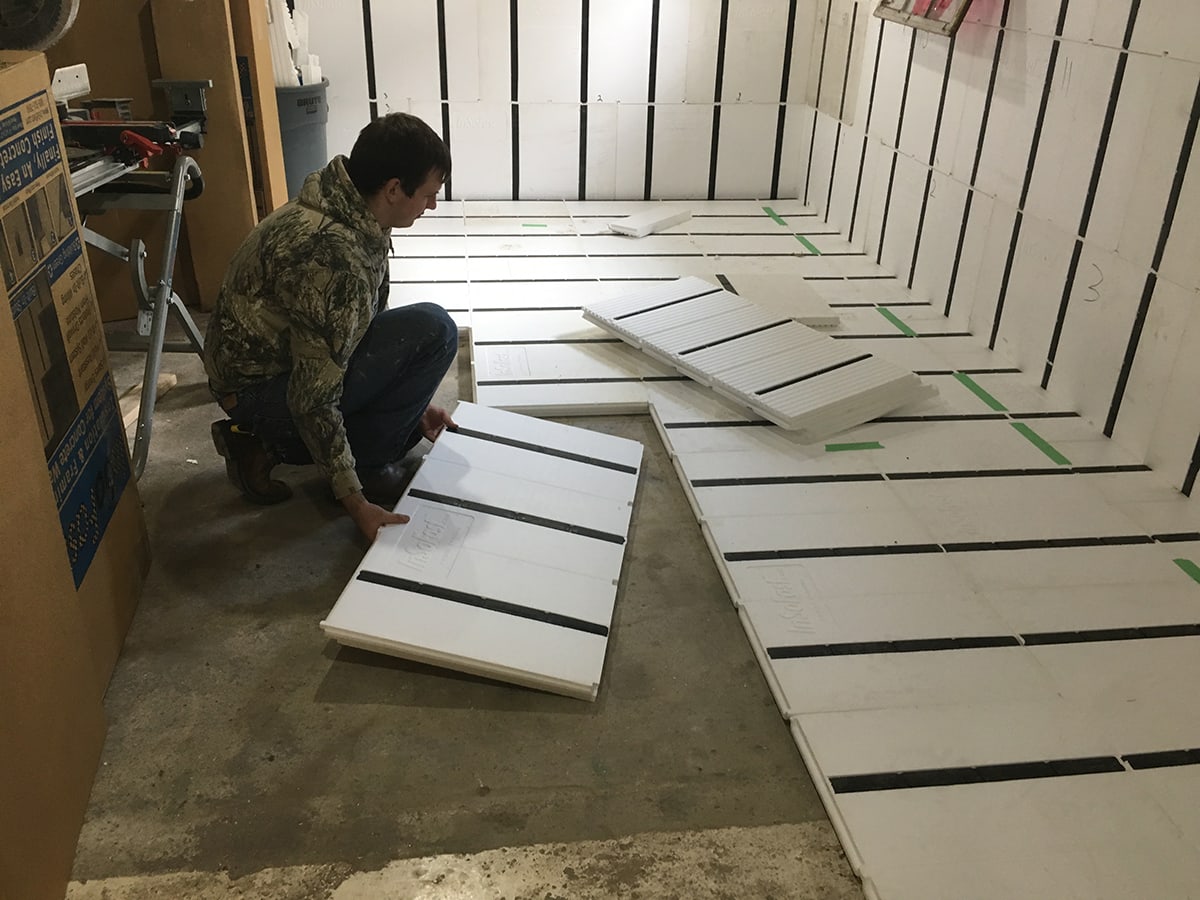
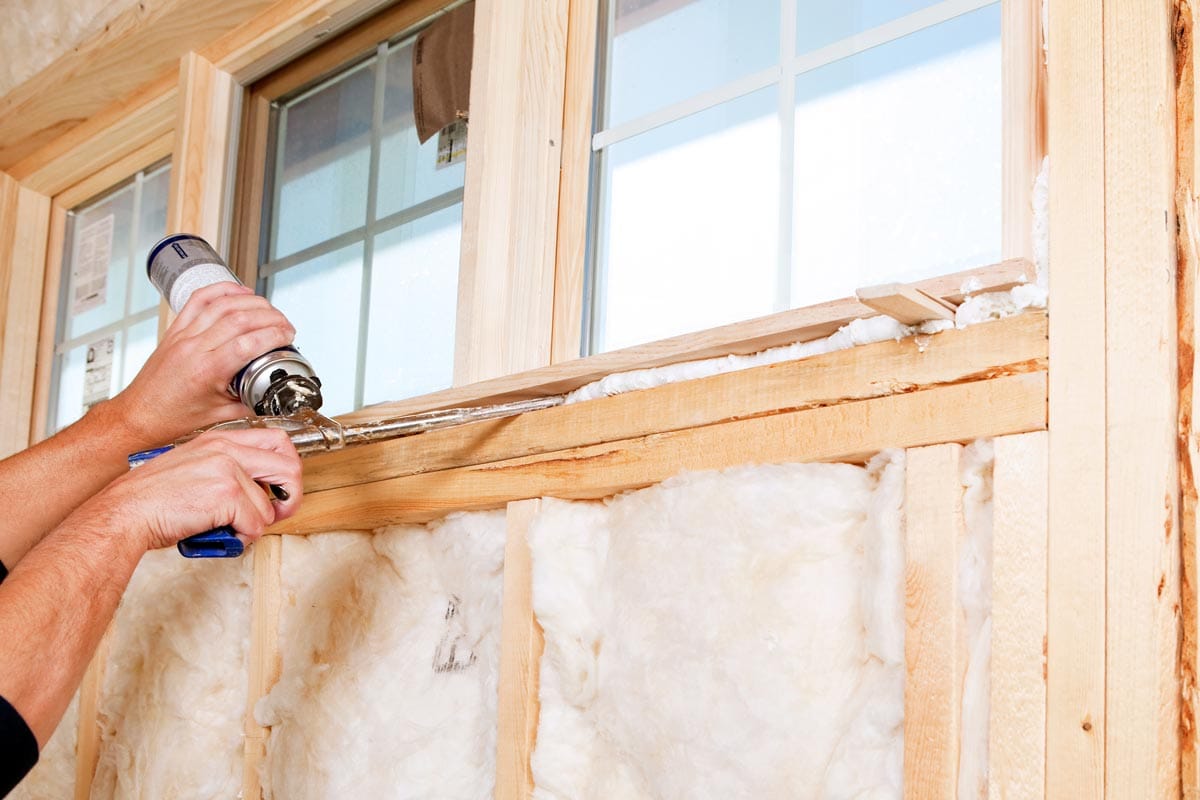
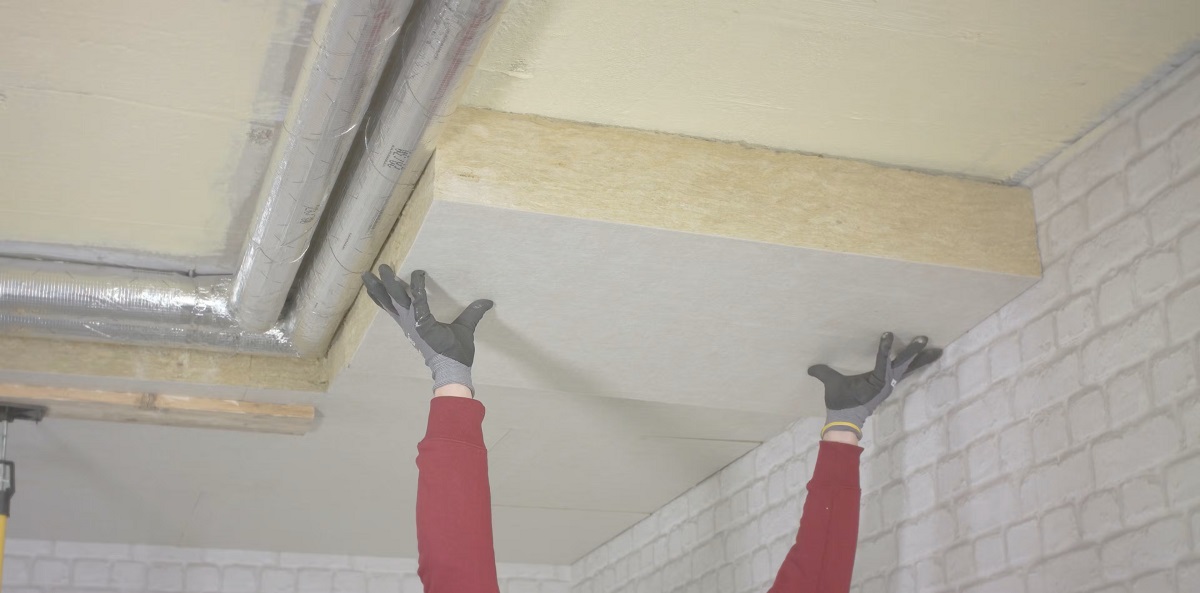
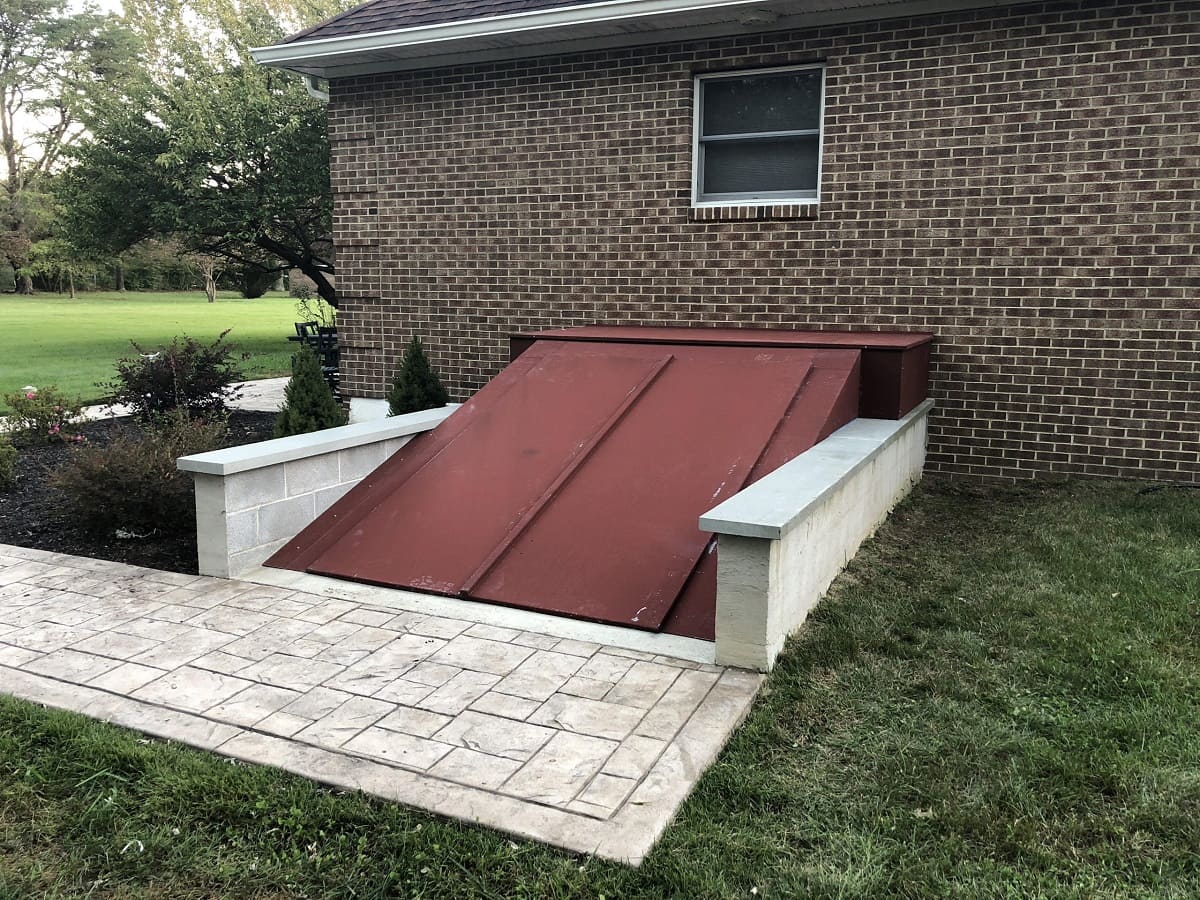
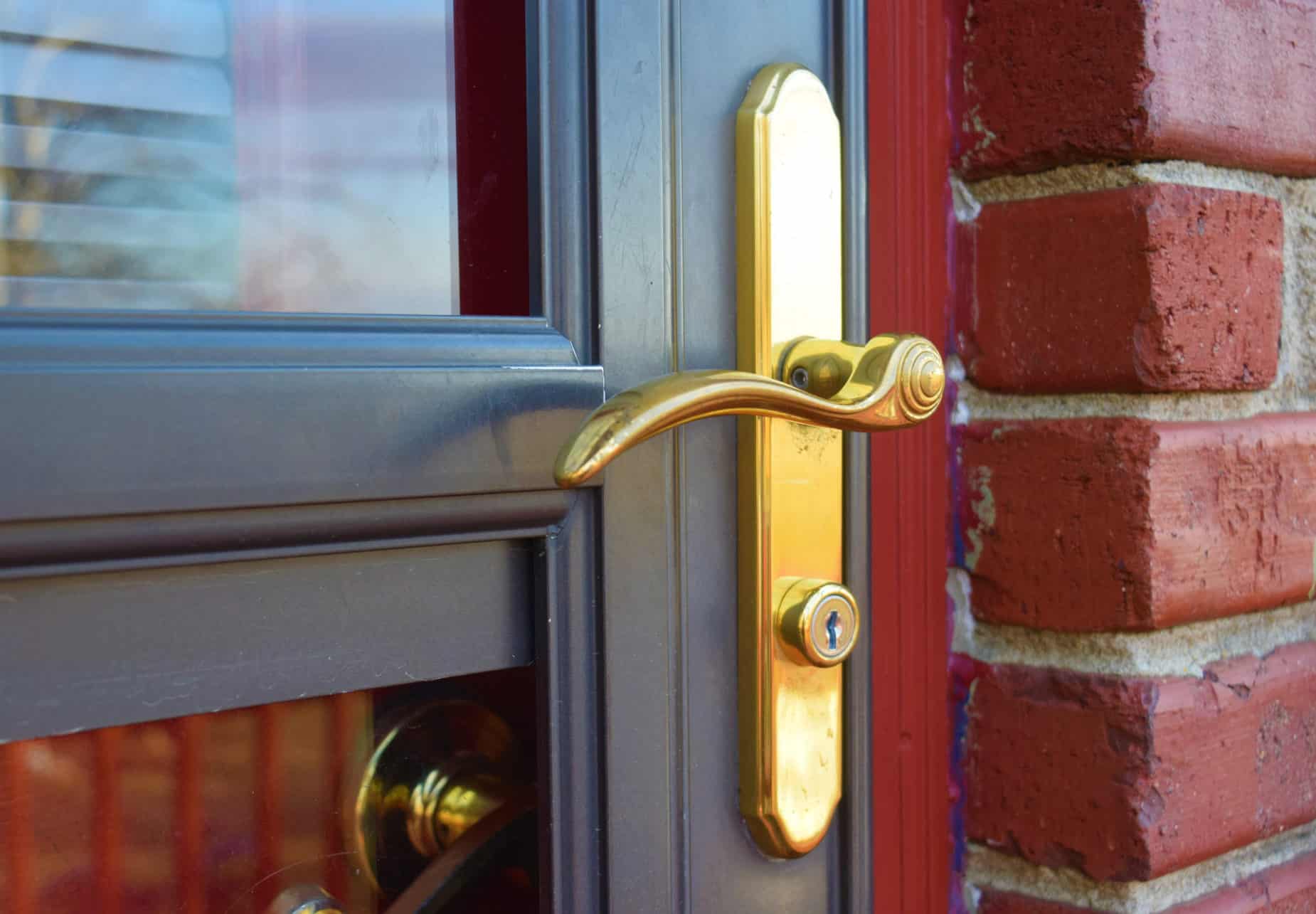
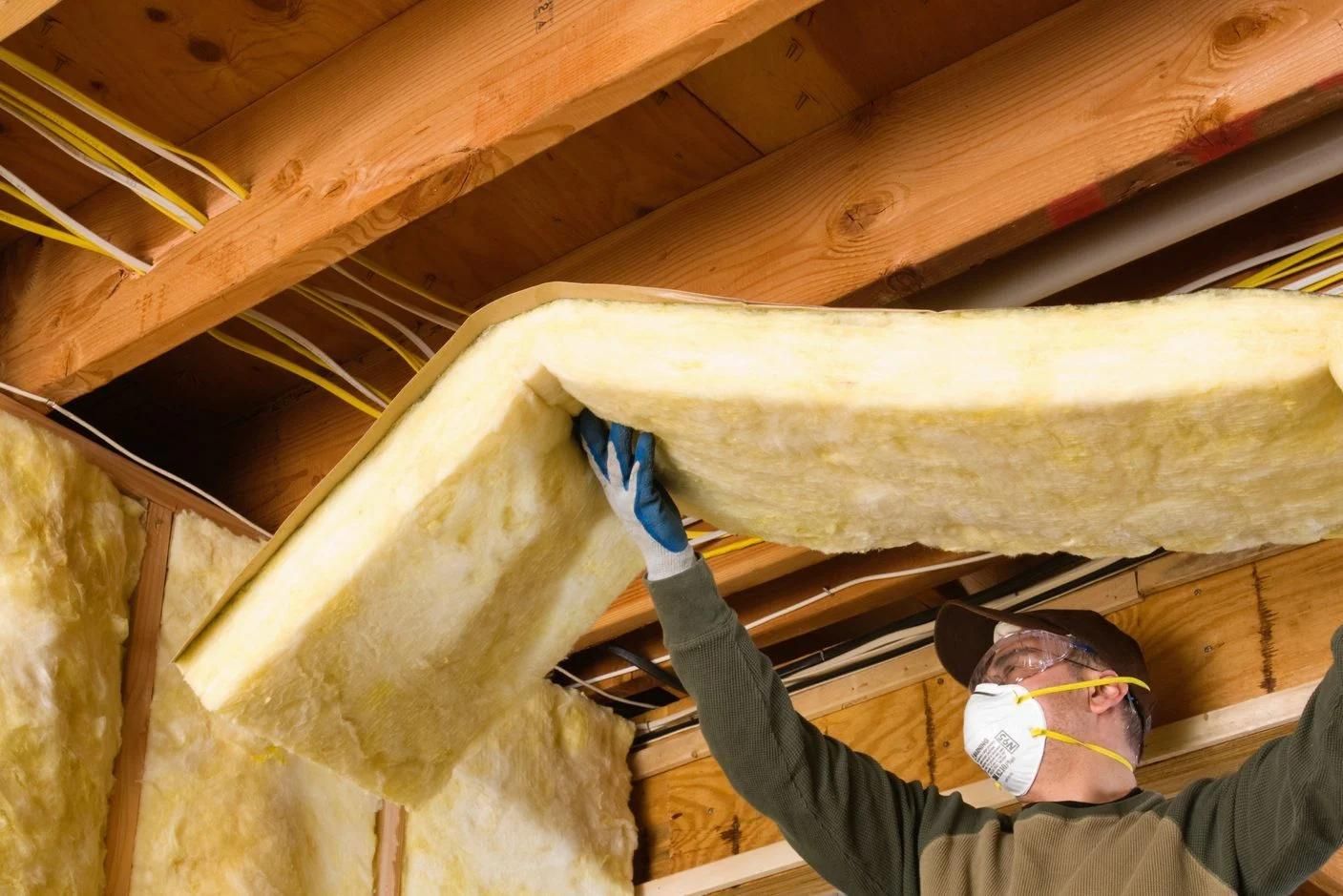
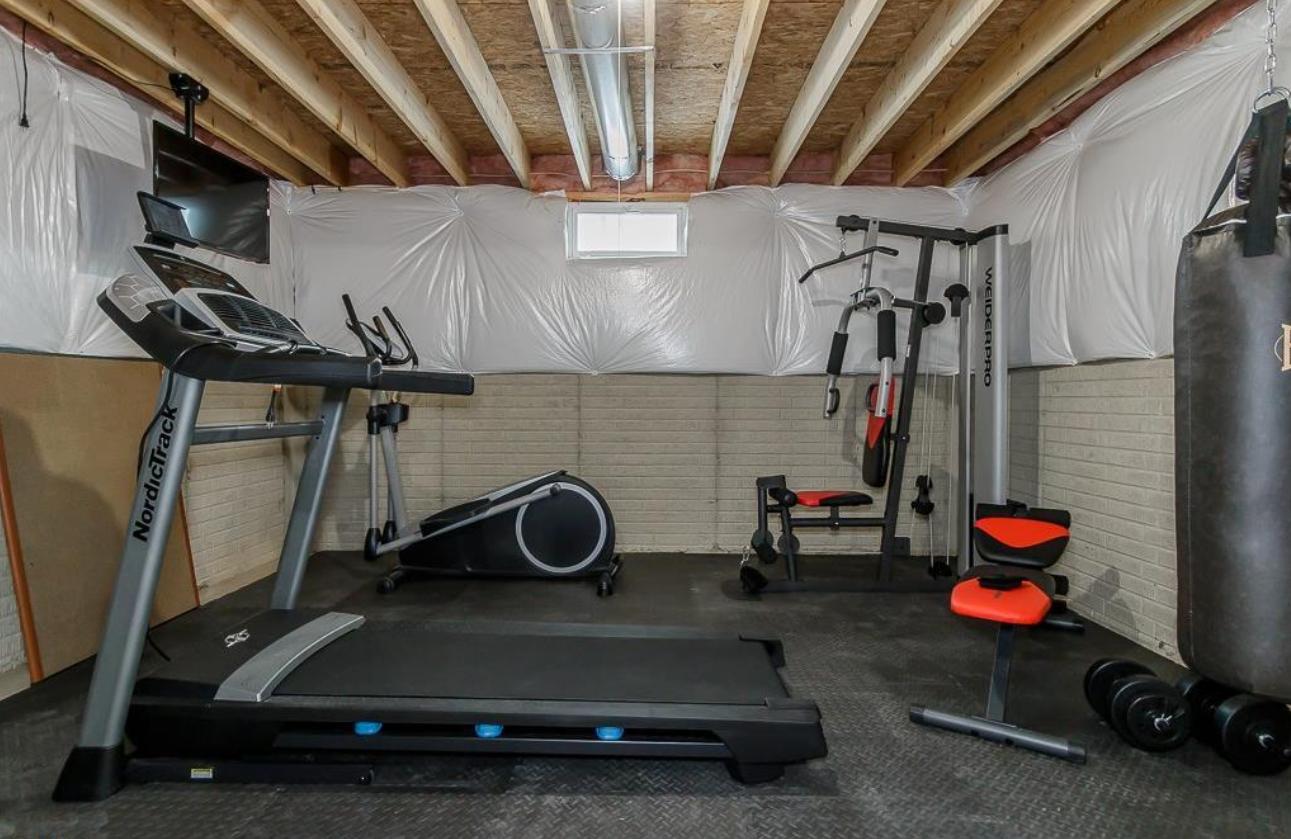
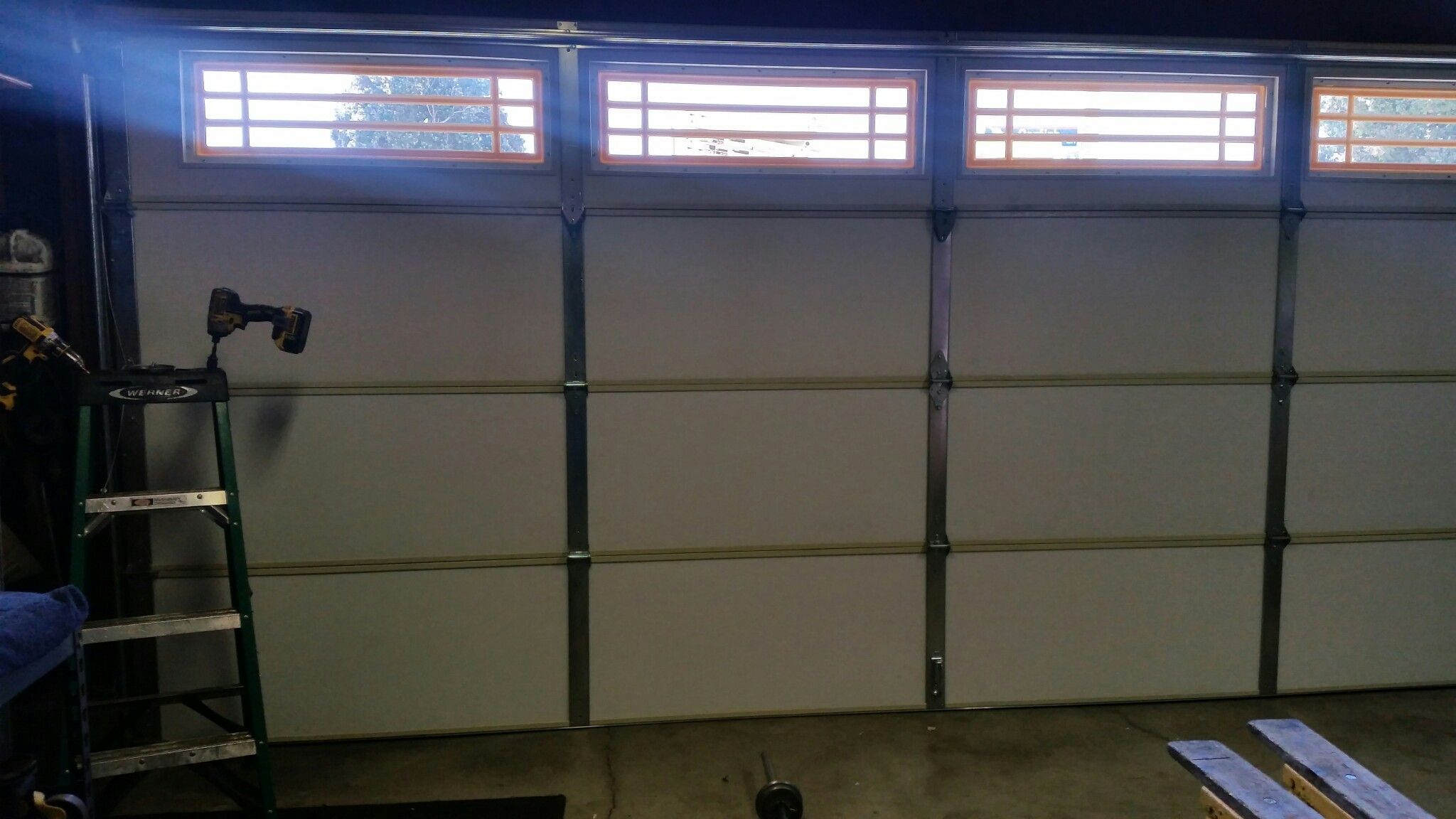
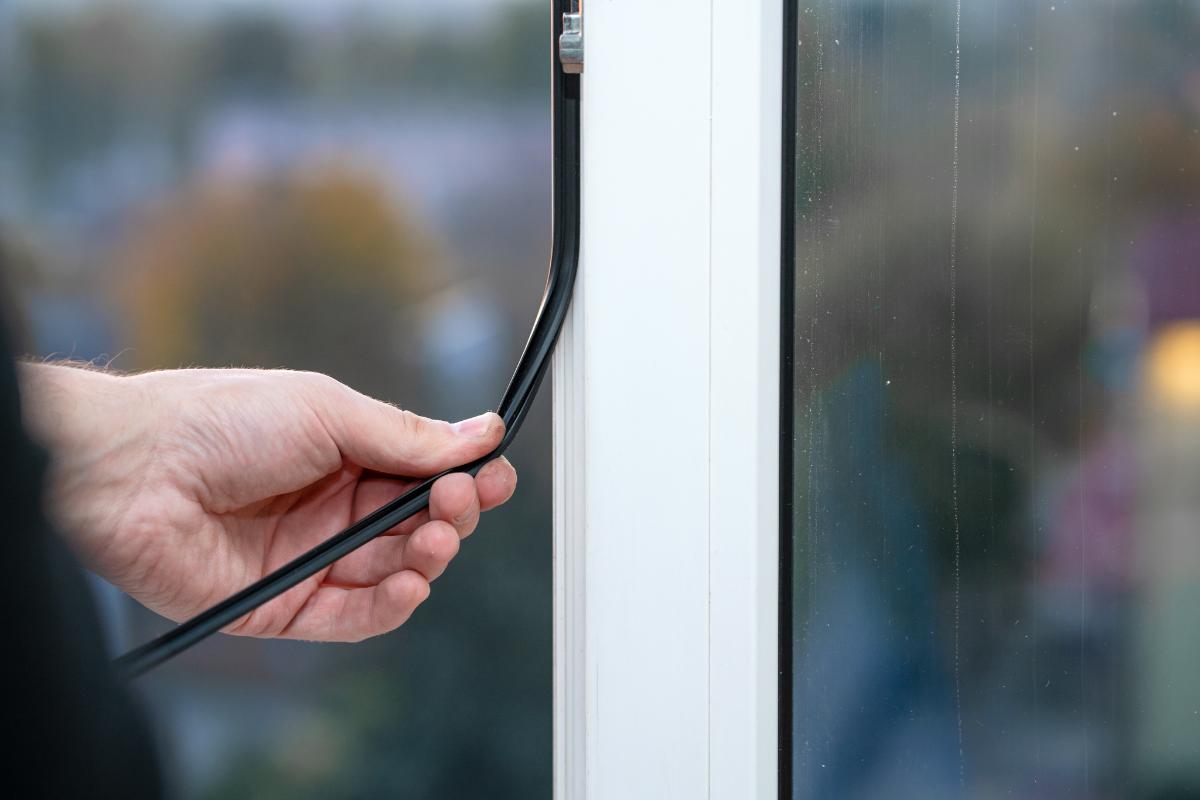
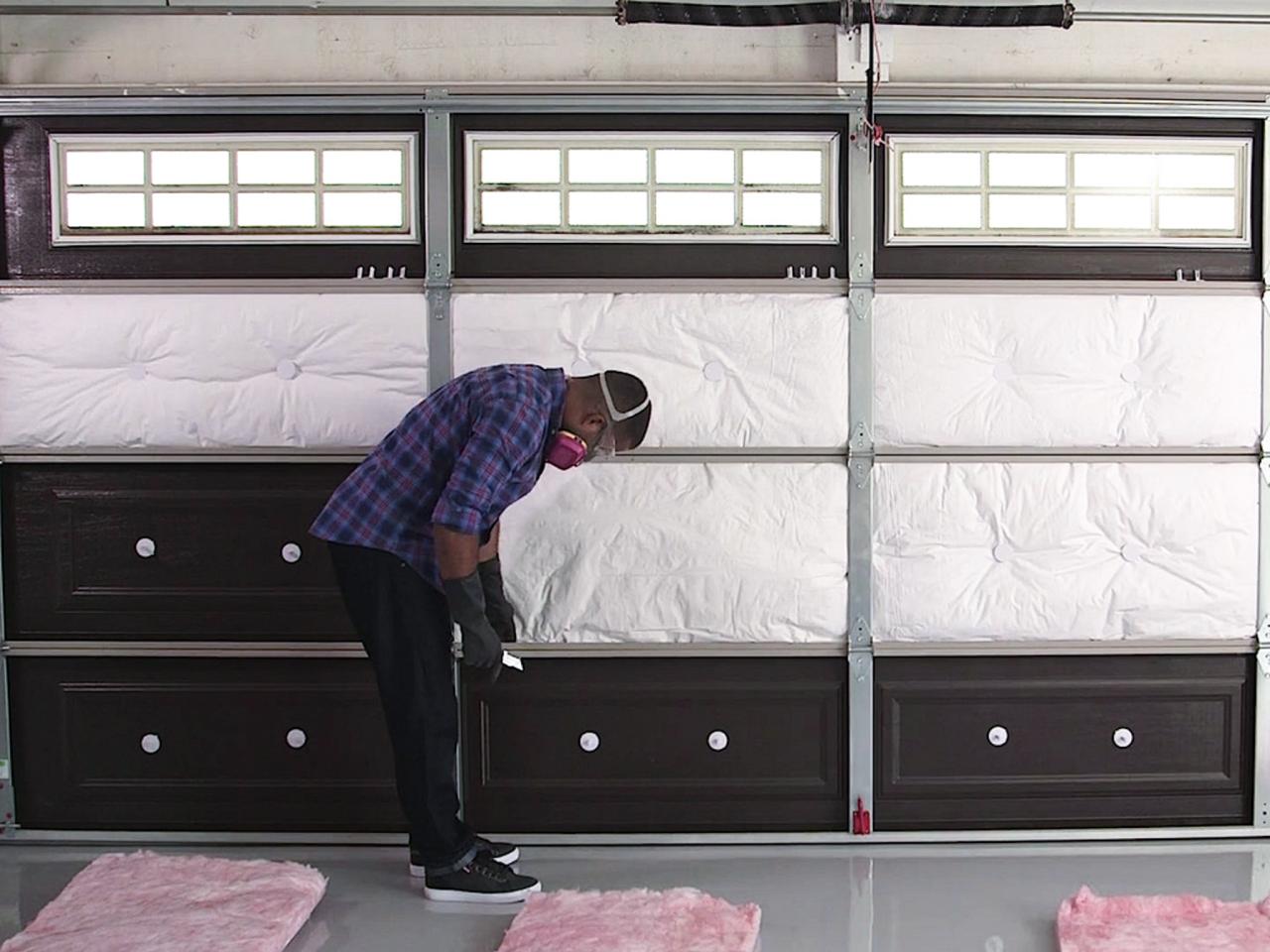

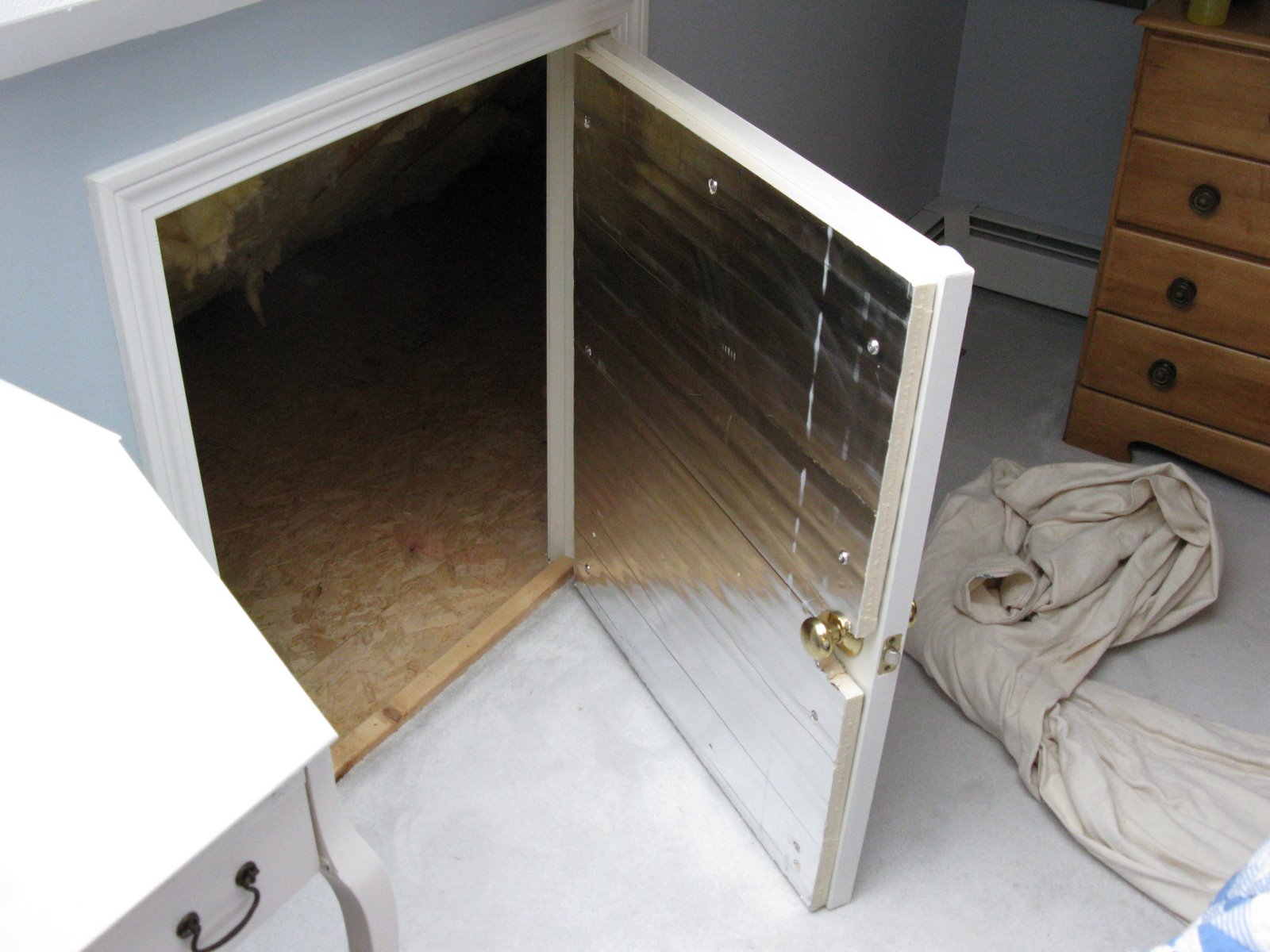
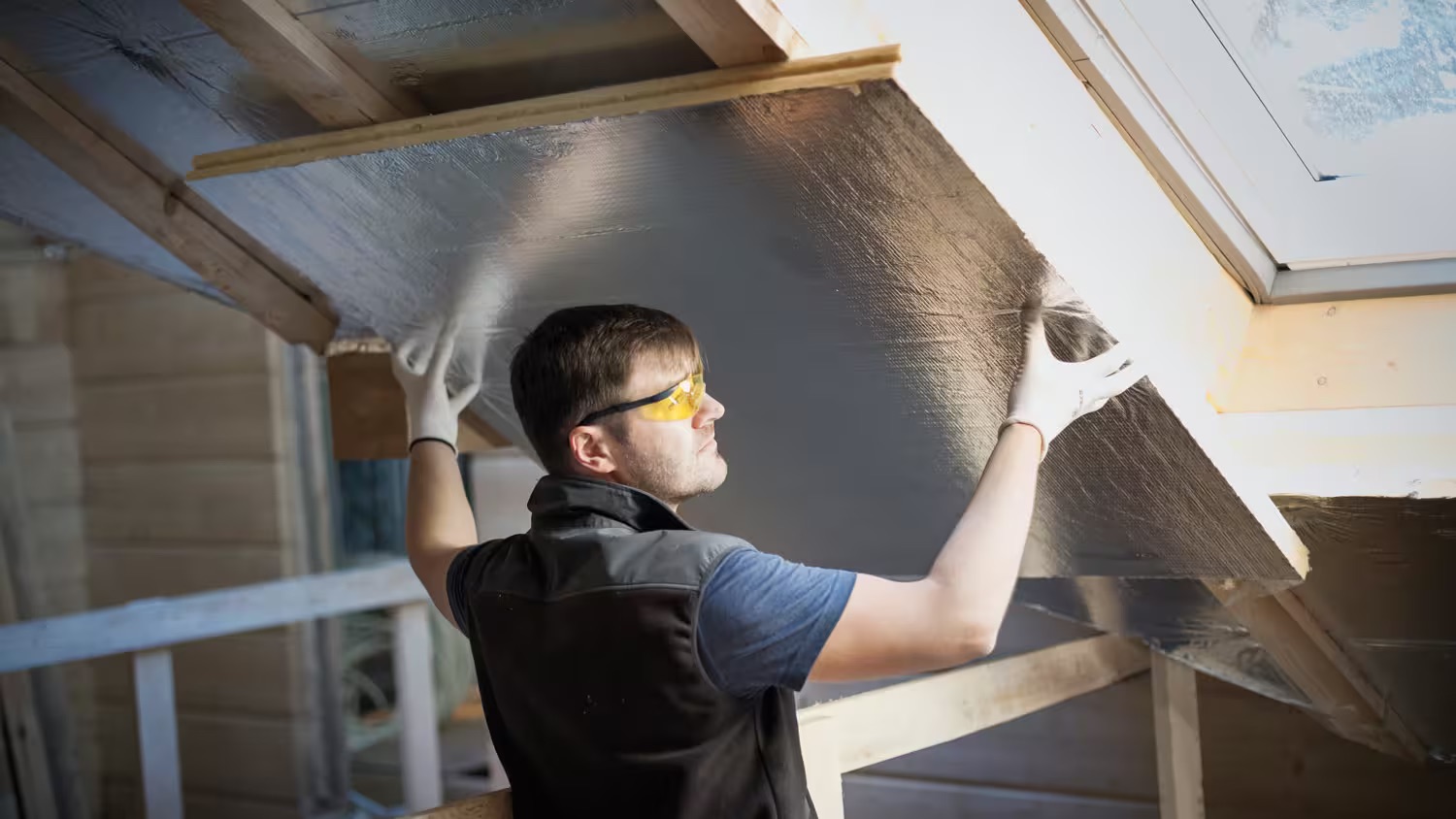
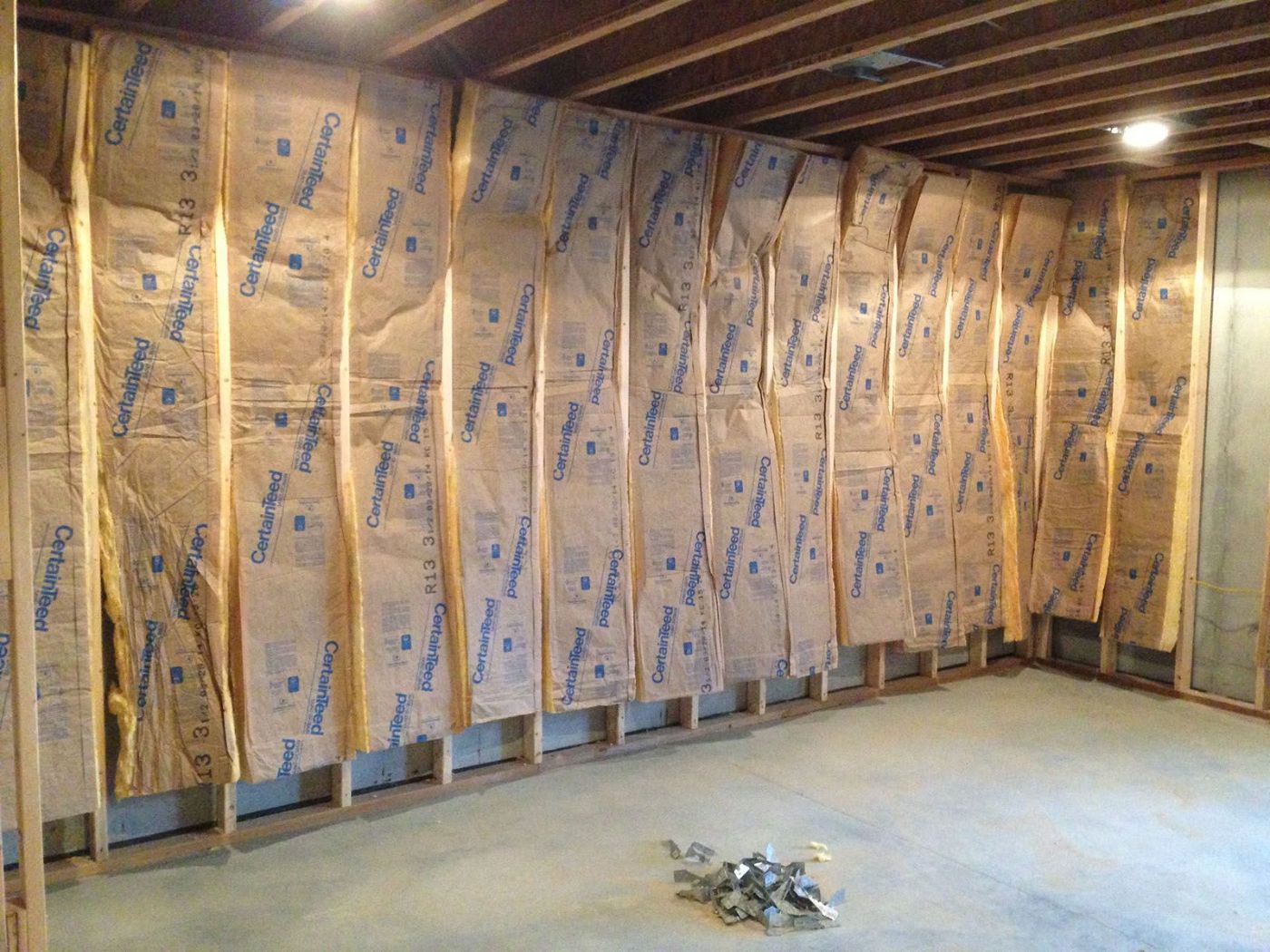

0 thoughts on “How To Insulate Basement Door”